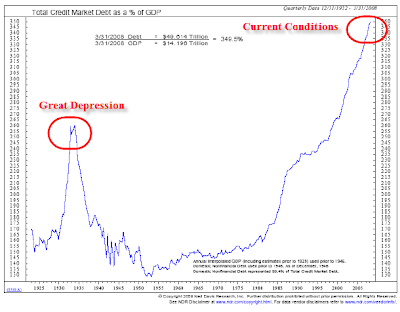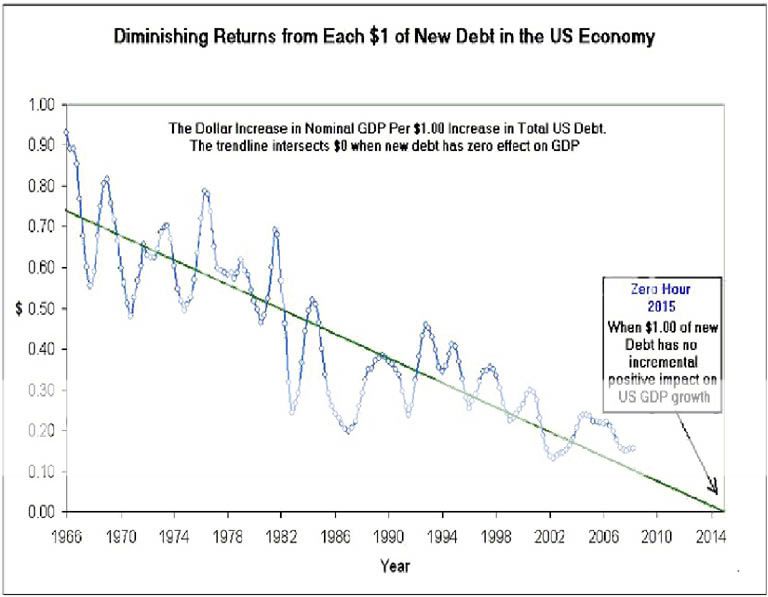TheBramble
Legendary member
- Messages
- 8,394
- Likes
- 1,171
If I understand the PPIF correctly…
$100 of ‘selected’ toxic assets would be auctioned for an expected $85. (Though current real worth is estimated at $30 at best)
FDIC underwrite $72. Leaving $13 to be financed by purchaser.
Treasury provide 50% of this residual $13 leaving the purchaser a total risk of $6.50 in every $100 nominal.
Even with the currently optimistic valuation of 30c in the Dollar for these assets, you’d have to bag a statistically unlikely set of ‘selected assets’ to come out anything but ahead.
This sounds like a really good deal (for the purchaser) and a real shafting for the US taxpayer who ultimately will finance the $93.5 in every $100 toxic that’s on the books.
Where do I queue (as a purchaser, not a US taxpayer…).
$100 of ‘selected’ toxic assets would be auctioned for an expected $85. (Though current real worth is estimated at $30 at best)
FDIC underwrite $72. Leaving $13 to be financed by purchaser.
Treasury provide 50% of this residual $13 leaving the purchaser a total risk of $6.50 in every $100 nominal.
Even with the currently optimistic valuation of 30c in the Dollar for these assets, you’d have to bag a statistically unlikely set of ‘selected assets’ to come out anything but ahead.
This sounds like a really good deal (for the purchaser) and a real shafting for the US taxpayer who ultimately will finance the $93.5 in every $100 toxic that’s on the books.
Where do I queue (as a purchaser, not a US taxpayer…).


